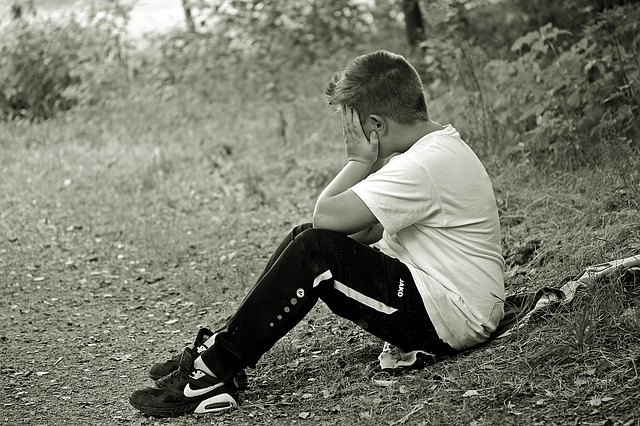Find out if you could be a foster carer
In a few simple questions, you’ll know if you’re suitable to apply to become a foster carer.

With the return to school now upon us, one of the worries many parents have is whether their child will be bullied.
Bullying is a major, yet sadly common issue in schools. While all children are at risk of being singled out, foster children can be a particularly easy target. The effect this can have on a child can be overwhelming and a foster child is already dealing with so many issues at such a young age, so being bullied can have a huge impact on their well-being.
However, the good news is there are ways you can quickly spot the signs of bullying before it has a chance to seriously impact your child. The earlier you spot it, the less of a problem it will become. Here we share some of the top things to look out for in order to get ahead of the problem if it arises…
Changes in your child’s behaviour
The majority of children aren’t going to openly come out and admit they are being bullied. They may be scared of what will happen if they tell, or they may be too ashamed to admit what’s happening. Therefore, a lot of the time parents are left completely unaware.
However, while your foster child may not tell you about it, that doesn’t mean they aren’t showing you in other ways. A change in your child’s behaviour could be an indicator that something is wrong.
For example, if they suddenly become a lot moodier than usual, it could be a sign they are letting out frustration over being bullied at school. They feel safe around you, so they will use you as a sounding board in a way, taking their anger and frustration out on somebody they feel comfortable with.
Some children display more anxious behaviours such as not wanting to be left alone, or having difficulty sleeping and eating. Or a child could go the other way and isolate themselves as they become more depressed or anxious over the situation.
Generally, any change in the behaviour your child should be monitored.
Spotting the physical signs
Sadly, bullying isn’t always emotional. There are situations where it can turn physical. Here you can look out for bruises or marks. It’s not always easy to see bruises as your child will most likely try to cover them up. So if they’re suddenly more anxious about what they wear or they don’t want you to see them at certain times, such as while getting dressed, this could signal that something is going on.
Sometimes physical bullying is more than just harming your child, it could result in their belongings being damaged or stolen. So look out for missing clothing, school items or anything that’s damaged. Obviously accidents happen, but if your child is regularly losing things then it could be a sign they’re getting bullied.
These are just some of the common signs to look out for. Remember, bullying these days can take many forms. As well as in-person bullying, your child could be a victim of cyber bullying which can be equally as damaging.
The best way to establish if your child is the victim of bullying is to simply sit down and talk to them. Let them know that you are there to help and support them along with their teachers.
Have you got your own tips on how to spot the signs? Maybe your child has been through it and displayed different signs that could help others? Let us know on our Facebook page.